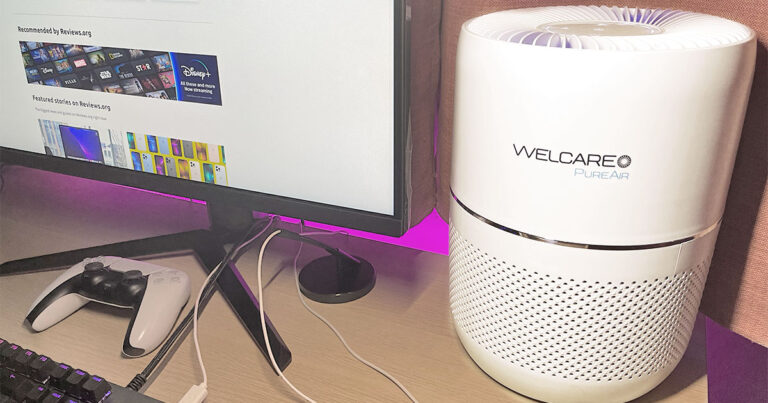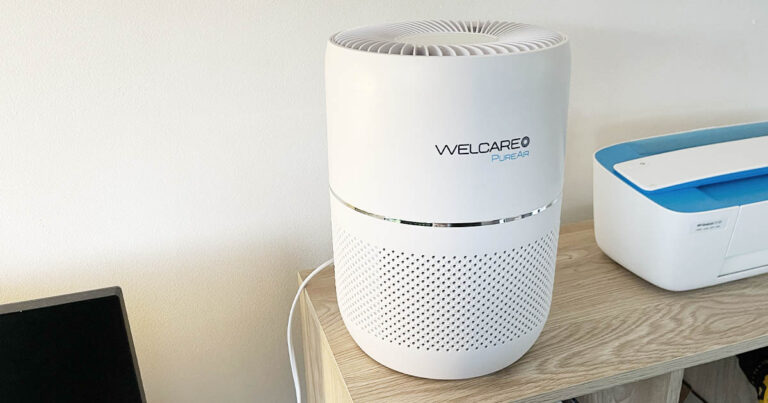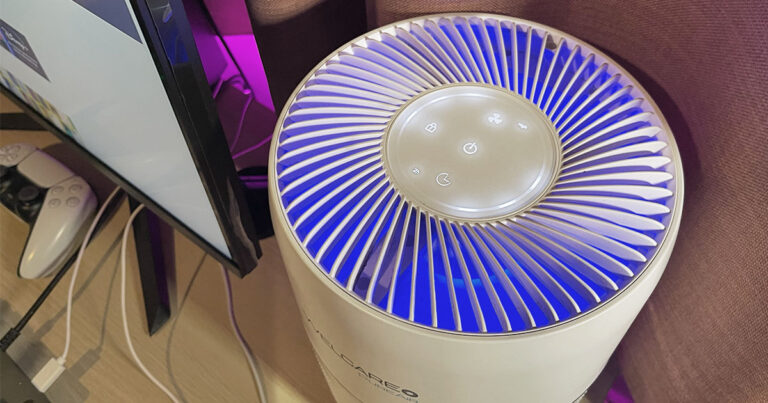Optus Mobile Review ALDI Mobile Review Amaysim Mobile Review Belong Mobile Review Circles.Life Review Vodafone Mobile Review Woolworths Mobile Review Felix Mobile Review Best iPhone Plans Best Family Mobile Plans Best Budget Smartphones Best Prepaid Plans Best SIM-Only Plans Best Plans For Kids And Teens Best Cheap Mobile Plans Telstra vs Optus Mobile Optus NBN Review Belong NBN Review Vodafone NBN Review Superloop NBN Review Aussie BB NBN Review iiNet NBN Review MyRepublic NBN Review TPG NBN Review Best NBN Satellite Plans Best NBN Alternatives Best NBN Providers Best Home Wireless Plans What is a Good NBN Speed? Test NBN Speed How to speed up your internet Optus vs Telstra Broadband ExpressVPN Review CyberGhost VPN Review NordVPN Review PureVPN Review Norton Secure VPN Review IPVanish VPN Review Windscribe VPN Review Hotspot Shield VPN Review Best cheap VPN services Best VPN for streaming Best VPNs for gaming What is a VPN? VPNs for ad-blocking The one issue is a question of availability. Currently, Welcare filter replacements are only available via the official website, whereas other brands like Philips and Samsung sell their filters online and through physical retailers like Harvey Norman and The Good Guys. Anecdotally, I’ve used the Welcare Air Purifier in a small home office and beside my bed in a much larger room. With two cats in the house, air purifiers have their work cut out for them in this house. The Welcare Desktop Air Purifier hasn’t significantly reduced the amount of dust in my bedroom as other air purifiers have in the past, but one look at the inside filter is proof enough that it’s still capturing a good amount of dust, even in larger areas. The Welcare Desktop Air Purifier has a CADR of 103m3/h, whereas Welcare’s larger PureAir Household Air Purifier has a CADR of 310m3/h. But the Welcare Desktop Air Purifier only weighs 2.5kg, whereas the Household Air Purifier weighs a hefty 8.6kg. So really, the Welcare Desktop Air Purifier’s performance is decent for its size. That performance comes at a price, however. Even compared to much larger purifiers, the little Welcare Desktop Air Purifier can generate noise levels up to 55 decibels, which isn’t much quieter than the Welcare PureAir Household Air Purifier’s max output of 60 decibels. In short, the Welcare Desktop Air Purifier makes quite a racket for such a small appliance. It’s plug-and-play, replacing filters is simple and stress-free, and it has all the basic functions (fan speed, sleep timer and child-lock). It’s plug-and-play, replacing filters is simple and stress-free, and it has all the basic functions (fan speed, sleep timer and child-lock). For the compact size and cheaper price, the Welcare PureAir Desktop Air Purifier is well-worth checking out, especially for those in smaller apartments or working from home in compact office spaces. If a manufacturer wasn’t transparent enough with its testing and filtering efficiency, they were removed from the list. We also removed all products that used meaningless marketing jargon, such as ‘HEPA-type’, ‘HEPA-like’ and any ‘Permanent HEPA’ brand that didn’t require filter replacements. Manufacturers also lost marks if they didn’t specify coverage size (an important consideration). Air purifiers that were transparent about their PM2.5 filtering and CADR (clean air delivery rate) were also given bonus points. We disregarded any product where there was a conflict of information (e.g. products that make simultaneous claims of ‘HEPA’ and ‘EPA’ filtering or mixed messaging on coverage). We’ve also removed products that aren’t currently available in Australia, such as the Rabbit Air MinusA2. Lastly, we removed manufacturers that didn’t provide enough information about replacement filters. For example, the TruSens range, which is stocked by JB HI-FI doesn’t list any information on filter replacement pricing and when we got in touch with the customer care centre, we were told to get in touch with a local reseller. JB HI-FI also doesn’t stock replacement filters on its website. Overall, that left us with a small list of options for air purifiers available in Australia. HEPA filters can catch particles as small as 0.3 micrometres with 99.97% efficiency, which covers most airborne toxins and allergens. They will do a reasonable job of catching larger nasties too. However, for the most efficient filtering of smoke particles (measuring at 2.5 micrometres or PM2.5), a combination of HEPA and pre-filtering is most efficient. For example, the Philips and Samsung range of purifiers use an Active Carbon pre-filter that can catch gases and other TVOCS (Total Volatile Organic Compounds). Some air purifiers (such as Samsung’s AX5500 Air Purifier), are even specifically designed to give you a PM2.5 readout so you can tell exactly how much smoke’s managed to creep its way into your house. Air purifiers are not a panacea for all your air pollutant problems and for people living with allergies or respiratory conditions like asthma, the 0.03% of particles that slip through can do some damage. Read on for more tips on keeping your house allergen and smoke-free. HEPA filters are also commonly used in high-quality vacuum cleaners for the same purposes, trapping finer particles instead of kicking them into the air. There are plenty of air purifier solutions that claim to have HEPA-graded filtering. However, since there is no regulatory authority that monitors the claims made by air purifier manufacturers. This makes buying an efficient air purifier difficult as many domestic solutions use “HEPA-like” filters that don’t adhere to the medical grading system. Others claim to use HEPA grade filtering but fail to offer more crucial information, like the filtering efficiency and coverage. Others simply don’t offer any kind of pre-filtering for larger particles such as smoke. This is especially pertinent if you’re using an air purifier for medical purposes. Washing a filter could put you at risk. If the indicator on your air purifier is telling you it’s time for a replacement and you don’t have a spare filter on hand, you can try cleaning the air purity sensor with a cotton tip or, if you must, giving the filter a light vacuum with a soft brush head. Certain brands have set (and publicly available) sustainability goals. For example, most Philips air purifiers are made with over 90% recycled materials.


